Your time is valuable as a small business owner, and you constantly juggle multiple priorities. While collaboration tools such as Microsoft Teams have become essential for keeping employees connected, trying to make sense of all the day-to-day chatter and discussions happening across different channels and conversations can sometimes feel overwhelming.
It’s still in its infancy, but Microsoft Teams now offers an AI assistant called Copilot that can help you stay on top of everything by analyzing conversations and extracting only the most critical insights and action items.
Many businesses are still determining how AI could help, but Copilot has proven helpful for streamlining tasks. It has yet to be completely rolled out, but it may interest clients who wish to remain at the cutting edge.
Here’s an overview of what it can do.
Summarize Discussions in Real Time
Have you ever left an extended Teams meeting only to realize later that you can’t recall all the agreements and next steps that were discussed?
Copilot listens in on your audio and video calls, takes notes in real-time, and automatically generates summaries at the end highlighting the top 3–5 most significant topics. This helps ensure nothing falls through the cracks.
Gain Context for Past Conversations
Need to revisit a discussion from last month but need help finding the right message thread? Copilot’s AI-generated summaries provide overviews of past conversations so you can quickly get up to speed. Its search tool makes it easy to locate specific past discussions.
Capture Insights from Meetings
Instead of wasting hours re-watching lengthy recordings after the fact, Copilot’s summaries can capture valuable insights, questions, and action items that emerged from your meetings. You can even ask Copilot clarifying questions to learn more about the topics discussed or get additional context on decisions made.
Streamline Administrative Tasks
Do you find yourself bogged down with repetitive follow-up work such as compiling notes, generating reports, or answering the same questions over and over? Copilot handles tasks such as compiling notes and answering repeated questions, freeing up your time. Its natural language understanding means you can type requests such as “summarize last week’s sales discussions” and get a written report back immediately.
Access Information Anywhere
Copilot integrated directly into Teams works no matter where you are: on a laptop, tablet, or phone. You can check summaries and search past conversations from your phone during your commute, or access meeting recaps and ask Copilot questions while traveling for client meetings. Its mobility means your information is always at your fingertips.
Does the prospect of regaining hours each week from these types of productivity gains and information access sound appealing?
Reach out, and we can register your interest in the Copilot rollout to our clients.
As a managed service provider, we always aim to give our clients a technological edge in business, and Copilot could be a big one. Contact us here to discuss your businesses requirements.



